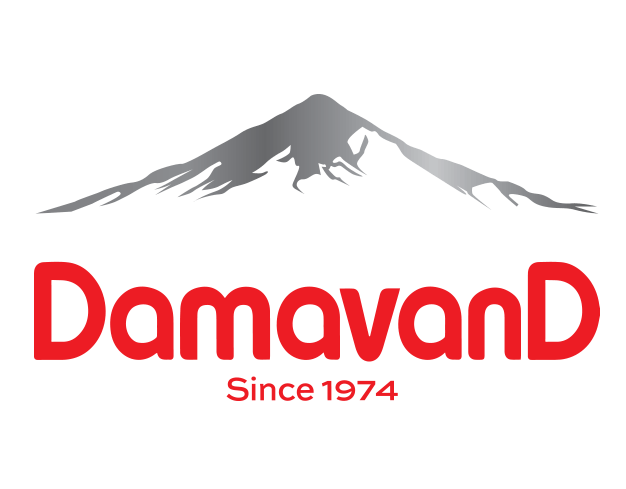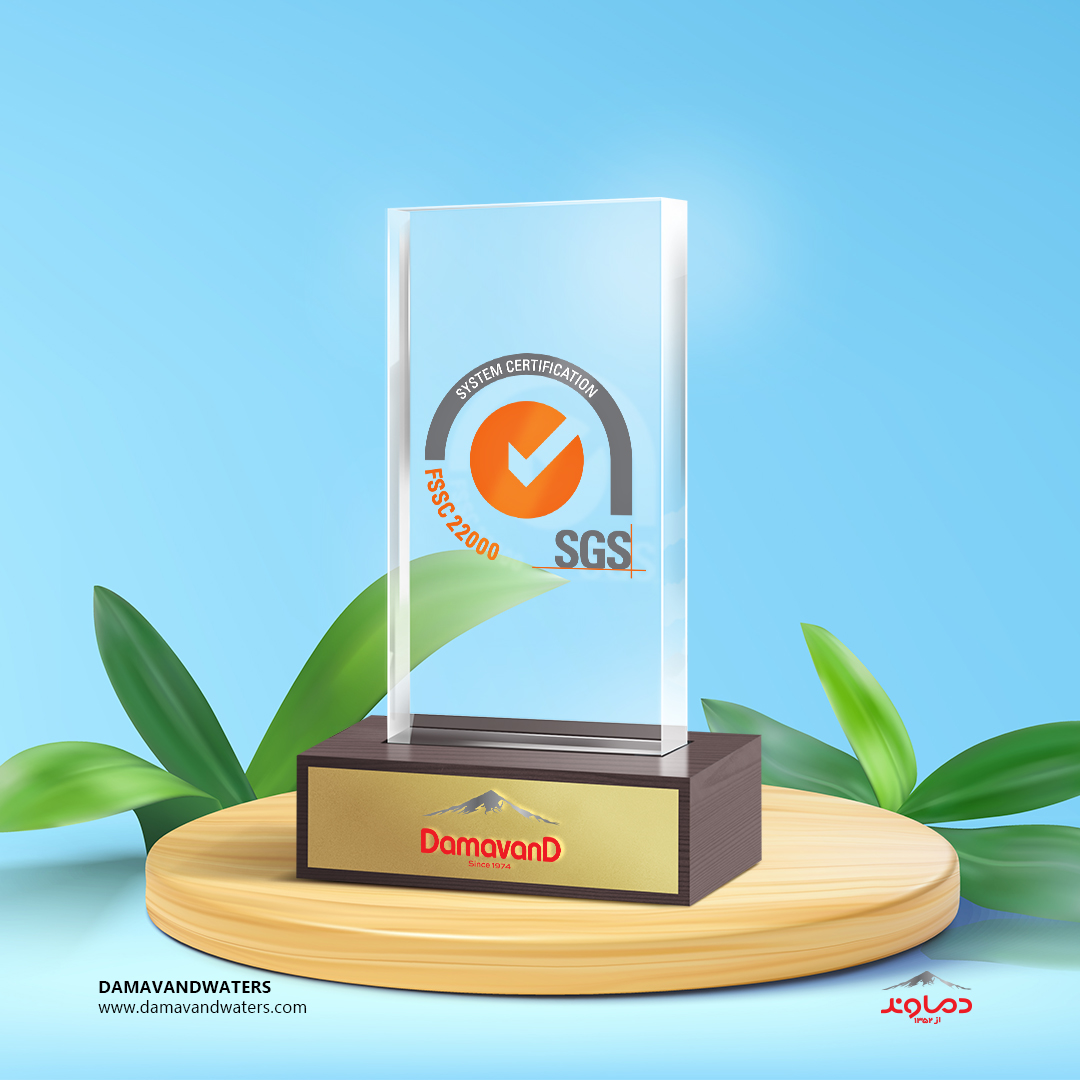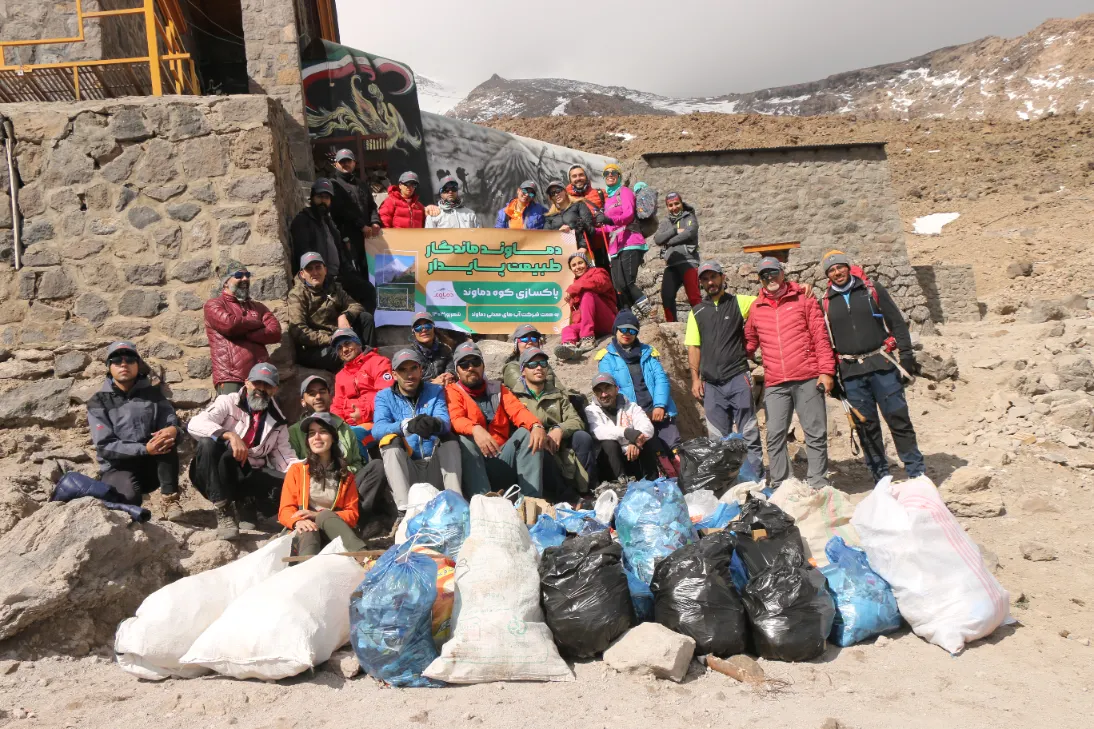Water Resource Management Tips for Buildings and Green Spaces: Sustainable Solutions for Preserving Water Resources
Introduction
In today’s world, managing water resources efficiently has become a top priority, especially in arid and semi-arid regions. With rising populations and the impacts of climate change, our freshwater sources are under significant threat. This blog explores practical and sustainable strategies for managing water resources in buildings and green spaces. Our goal is to provide solutions that not only conserve water but also reduce energy costs and enhance quality of life.
1.The Importance of Water Resource Management
1.1. The Global Water Crisis
Freshwater makes up only about 2.5% of the Earth’s total water, with the majority locked away in glaciers and underground reservoirs. As demand for water in agriculture, industry, and households increases, these limited resources face immense pressure. The United Nations predicts that by 2050, nearly 5 billion people will experience water scarcity. Effective water management is essential to address this looming crisis.
1.2. The Role of Buildings and Green Spaces in Water Consumption
Buildings and green spaces are major consumers of water, particularly in urban areas. Inefficient irrigation practices and outdated water management systems lead to significant water wastage. By adopting innovative techniques and modern equipment, we can drastically reduce water consumption and promote sustainability.
2.Water Management Strategies for Buildings
2.1. Rainwater Harvesting Systems
One of the simplest and most effective ways to reduce urban water consumption is by implementing rainwater harvesting systems. These systems include large and small storage tanks, filters, and storage equipment that collect rainwater for uses such as irrigation, cleaning, and even flushing toilets.
2.2. Water Treatment and Recycling Systems
Greywater treatment systems, which process water from showers, sinks, and washing machines, allow for the reuse of water in applications like green space irrigation and toilet flushing. By filtering and disinfecting used water, these systems make it possible to recycle water, significantly cutting down on fresh water usage.
2.3. Installing Water-Efficient Fixtures
Upgrading to water-efficient fixtures like low-flow faucets, optimized showerheads, and dual-flush toilets can substantially reduce water usage. These fixtures minimize water waste by controlling flow rates and encouraging responsible water use.
2.4. Smart Irrigation Management
Smart irrigation systems adjust watering schedules based on weather conditions, plant needs, and soil moisture levels. Utilizing sensors and timers, these systems ensure precise watering, preventing overuse and conserving water.
3.Water Management Strategies for Green Spaces
3.1. Choosing Drought-Resistant Plants
Selecting native and drought-resistant plants that thrive with minimal water is crucial for reducing irrigation needs. These plants are naturally adapted to the local climate, requiring less water and maintenance to flourish.
3.2. Using Mulch and Soil Covers
Applying mulch or soil covers helps protect the soil from evaporation, retaining moisture and maintaining soil health. This practice not only conserves water but also improves soil quality and plant growth.
3.3. Designing Water-Efficient Landscapes
Creating landscapes that require less water involves using drip irrigation systems, zoning green areas based on water needs, and incorporating natural shading with trees. These design choices help optimize water use and create more sustainable green spaces.
3.4. Recycling Water in Green Spaces
Using recycled water, such as treated greywater, for irrigating green spaces is one of the best ways to manage water resources. This approach not only conserves fresh water but also reduces the costs associated with maintaining green areas.
4.The Role of Technology in Water Management
4.1. Smart Monitoring and Management Systems
Modern technology enables precise monitoring and management of water usage. Smart systems collect data on water consumption across different parts of a building or green space, helping users identify and rectify inefficient patterns.
4.2. Soil Moisture Sensors
Soil moisture sensors provide real-time data on the moisture levels in the soil, allowing irrigation systems to adjust watering schedules accordingly. This technology minimizes water wastage and ensures plants receive the optimal amount of water.
4.3. Internet of Things (IoT) in Water Management
IoT connects various devices and systems, enabling remote monitoring and control of water usage. Users can manage water consumption through mobile apps or computers, making it easier to maintain efficient water practices.
5.Case Studies and Practical Examples
5.1. Green Buildings and Water Management
Many countries are adopting green building practices to manage water resources effectively. These buildings utilize water-efficient fixtures, rainwater harvesting systems, and greywater recycling to minimize their water footprint. As a result, they achieve significant reductions in water consumption and operational costs.
5.2. Sustainable Public Parks
Public parks that implement sustainable water management techniques serve as excellent examples of large-scale water conservation. By using native plants, smart irrigation systems, and recycled water, these parks maintain lush green spaces while conserving valuable water resources.
6.Conclusion
Effective water resource management in buildings and green spaces is not only vital for conserving natural resources but also for reducing energy costs and enhancing the quality of life. By adopting modern techniques and advanced equipment, we can significantly lower water consumption and contribute to environmental preservation. As a community, embracing these methods will pave the way toward a more sustainable and water-secure future.
References
World Health Organization. (2019). Water Scarcity: Fact Sheet. Retrieved from https://www.who.int/news-room/fact-sheets/detail/water-scarcity
United Nations. (2020). World Water Development Report 2020: Water and Climate Change. UNESCO.
Environmental Protection Agency (EPA). (2017). WaterSense: Products for Water Efficiency. Retrieved from https://www.epa.gov/watersense
Gleick, P. H. (1993). Water in Crisis: A Guide to the World’s Fresh Water Resources. Oxford University Press.
Sustainable Development Solutions Network. (2015). The Role of Technology in Water Resources Management. United Nations.
Smith, M., & Munoz, A. (2016). Green Buildings: Guide to Sustainable Design and Construction. Springer.








